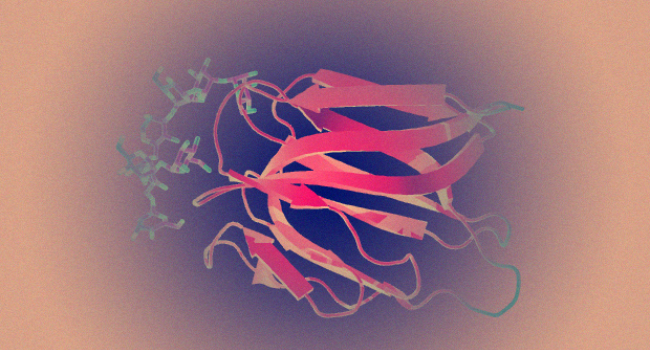Scientists may have figured out how to use genetically modified rice to prevent HIV
 10:49 1 August, 2018
10:49 1 August, 2018New research suggests that genetically modified rice could provide a way to prevent HIV.
In a paper published Monday in the Proceedings of the National Academy of Sciences, scientists from the United States, United Kingdom and Spain explained their technique to genetically modify a strain of rice to produce HIV-neutralizing proteins. It's the latest in the long-fought battle to help curb the HIV epidemic.
According to the World Health Organization, at the end of 2017, about 37 million people were living with HIV around the world. That’s about 0.8 percent of adults between 15 and 49 years old. Africa accounts for nearly two-thirds of people with HIV— almost one in every 25 adults there are living with HIV. In 2017, 940,000 people died from HIV-related illnesses. Despite these numbers, a lot of progress has been made in HIV treatment. For example, in the U.S., new HIV infections dropped from 135,000 in 1985 to 50,000 in 2010, according to the Centers for Disease Control and Prevention.
A vaccine, however, still isn’t available for HIV, so oral medications and increasing public knowledge about how the disease spreads have been the best defense. Oral medications aren’t always available in developing countries, so more options are still needed. This new strain of rice contains the same HIV-neutralizing proteins that the oral medication does, allowing for a new potential pathway to HIV eradication.
The rice produces two types of proteins and one kind of antibody that can bind to HIV viruses. This stops the HIV virus from interacting with human cells. The rice can be made into a topical cream that can be applied to the skin where these special proteins can enter the body, protecting that person from HIV.
Workers spread rice paddy on a plastic sheet to dry under the sun at a rice mill in Naypyidaw, Myanmar, on May 27. People in countries with high rates of HIV infection could grow a genetically modified strain of rice that produces HIV-neutralizing proteins.
The rice is a good option for those in developing countries, because people could grow the rice and make the paste to apply. This removes the need to travel to a clinic to receive medications produced in a different country, which might not always be available. Areas with the highest rates of infection could have the option of developing the treatment themselves.
Before the past becomes available, the scientists need to confirm that it won’t introduce anything to the body that could cause harm, as well as overcome regulatory restrictions in each country where the rice would be introduced.